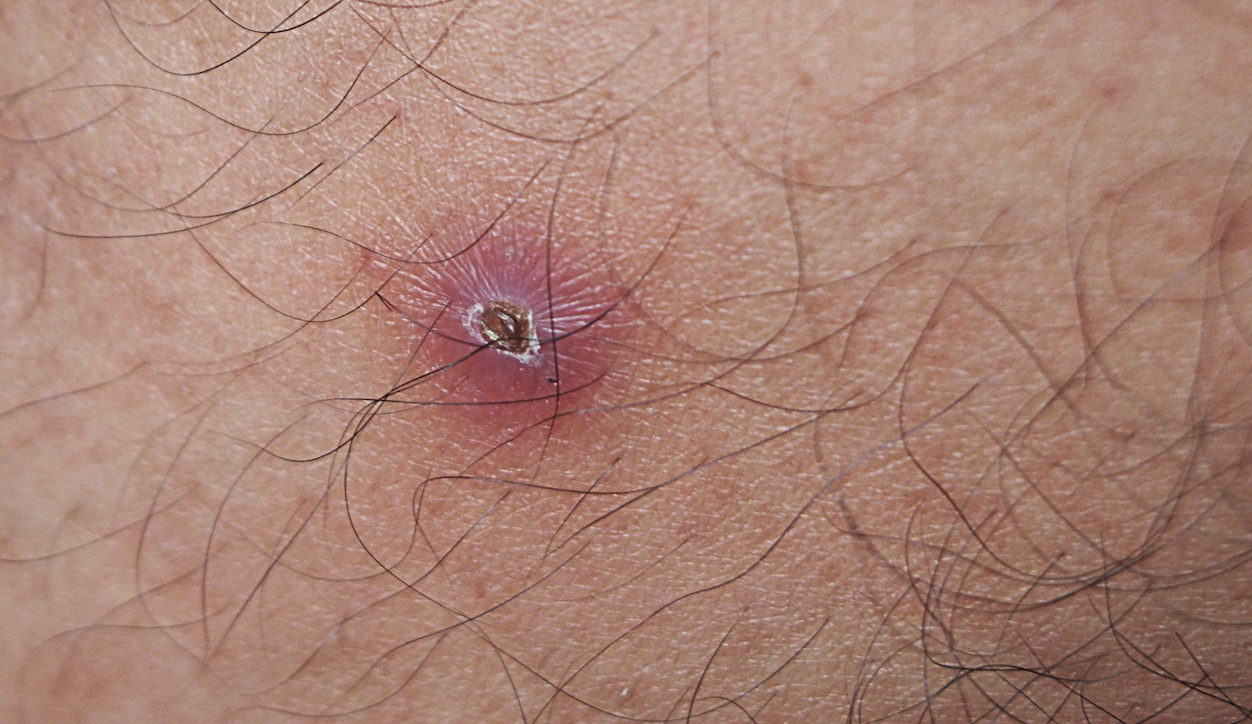UNDERSTAND MORE ABOUT BASAL CELL CARCINOMA
London Dermatology | 22 February 2025
One kind of skin cancer is called a basal cell carcinoma (BCC). Melanoma and non-melanoma skin cancer are the two primary types of skin cancer. Globally, BCC is the most prevalent kind of non-melanoma skin cancer.
Exposure to ultraviolet (UV) light from the sun or sunbeds is the most frequent cause. Although BCCs can develop anywhere on the body, they are more frequently found on sun-exposed areas like the face, head, neck, and ears. Rarely, it may appear in a chronic scar or be a component of uncommon genetic disorders. BCCs don’t spread disease.
Adults with fair skin are primarily affected by BCCs, but other skin types are equally susceptible. Individuals with pale skin who burn easily and rarely become tan—especially those with light-colored or red hair, though some people with dark hair nevertheless have fair complexion—are at the highest risk of getting basal cell carcinoma.Those who have lived in sunny regions or who have had a lot of exposure to the sun, such as those who work outside or have outdoor interests. Those who frequently sunbathe or have used sun beds. Individuals with a history of basal cell carcinoma.
Although BCCs can seem very different, people usually initially notice them as a fresh red or white lump on the skin or as a scab that bleeds and does not fully heal. Certain superficial BCCs resemble a red, scaly, flat spot on the skin. Others may have tiny red blood vessels scattered throughout their surface, and they may form a lump with a pearl-like rim encircling a core crater. The term “rodent ulcer” comes from the fact that BCCs might eventually result in an ulcer if treatment is not received. Although they are usually painless, BCCs can occasionally itch or bleed if they are discovered.
In certain cases, the clinical presentation makes the diagnosis obvious. To confirm the diagnosis, a skin biopsy can be carried out while under local anaesthesia. During a skin biopsy, a small piece of skin is removed, sometimes with sutures, after a local anaesthetic injection numbs the area.
Indeed, BCCs are curable in nearly all cases; however, therapy may be more difficult if the BCC has been ignored for a long period or if it develops in an inconvenient location for skin removal, like near the eye, on the nose, or on the ear.
Rarely can BCCs spread to other body areas. As a result, although being a kind of skin cancer, it rarely poses a threat to life. A BCC, however, may enlarge and become more likely to recur if treatment is delayed. Large surgically treated BCCs may also leave larger scars, which could be problematic if they are on the face or other regions where beauty is important.

